Test System
| Processor | Intel Core i7-8700K |
| Motherboard | Aorus Z370 Gaming 7 |
| CPU Cooler |
Cooler Master Hyper 212 EVO |
| Memory | 2x8GB G.Skill SniperX 3200MHz DDR4 |
| Video Card | Nvidia GTX 1080TI |
| Drive | HyperX Fury 240 GB Kingston A1000 M.2 2280 480GB NVMe SSD |
| Case | DimasTech EazyXL |
| Power Supply | Corsair HX850W |
| Operating System | Windows 10 Pro 64-bit |
Crystal Disk Mark benchmark at 1GB test size:
AS SSD uses incompressible data for benchmarking and can measure read/write performance in MB/s or in iops. AS SSD also has a Copy Benchmark which simulates ISO, Game and program performance, providing both speed and access time results.
Unlike AS SSD, ATTO disk benchmark is a 32-bit compressible data benchmark that measures read and write speeds across various file transfer sizes from 512B to 64MB to show SSD behavior.
Anvil Storage Utilities is a comprehensive storage testing program that provides plenty of information and option for each test. For this review, SSD test was selected.
Final Thoughts
The Kingston A1000 Drive is aimed at the entry-level market and unlike other M.2 NVMe drives on the market, only uses the PCIe 3.0 x2. As the entry-level market continues to expand, I’d expect to see more vendors follow suit with their own x2 PCIe drives. Using only 2 lanes limits the drives speeds as expected but not so much that the drive is “slow”. It is plenty fast enough in testing as compared to SATAIII SSDs.
I’ve been using this drive in my PC for a few weeks now and I really can’t tell much of a difference between the Samsung 960 EVO M.2 and the Kingston A1000 except during heavy data transfers. Most applications launch around the same time. On the flip side, I didn’t notice much of a difference in daily use between my Kingston Hyper X Fury SATA III SSD and the Kingston A1000 during daily use either. Certainly, there’s a difference when moving say, 25 GB of MP3s from drive to drive.
Overall I think the A1000 is a great drive for where it is marketed. Entry Level. At the time of this review, you can pick up the 480 GB flavor of the A1000 from Amazon for $139.00. Personally, I think that price isn’t all too bad for a 480 GB SSD. If you’re looking at upgrading storage capacity and adding a bit of speed to your system without lightening the wallet too much, the Kingston A1000 may just fit the bill.
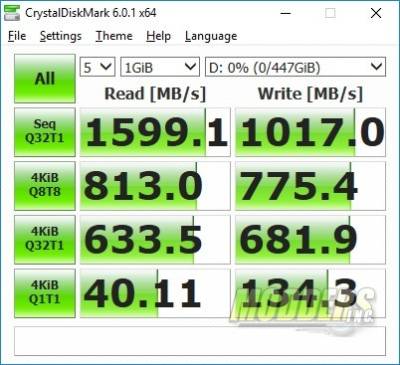
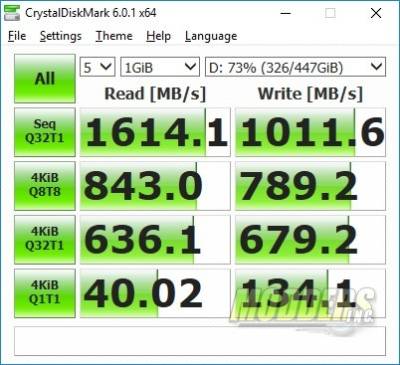
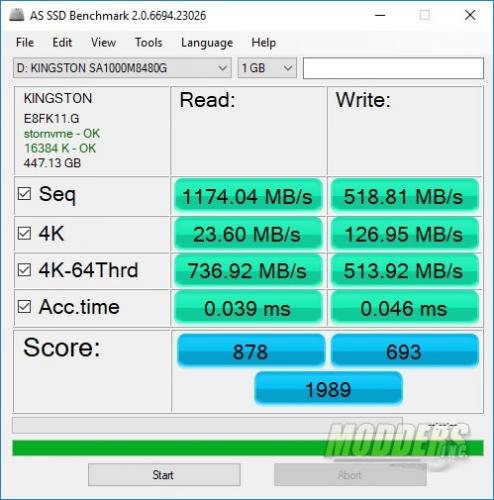
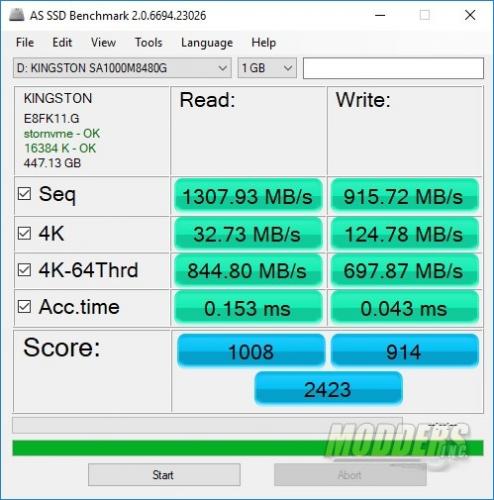
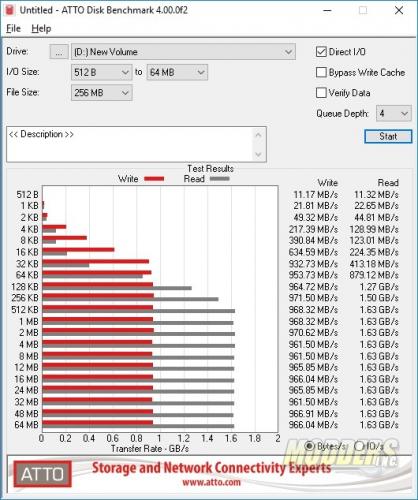
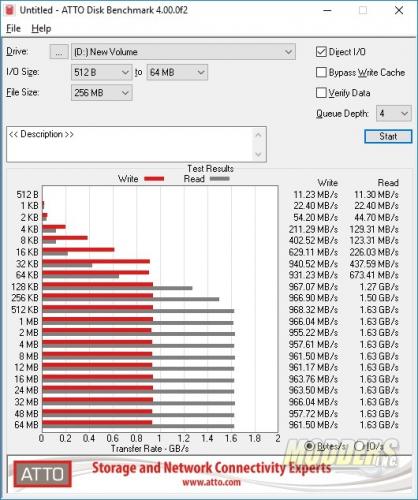
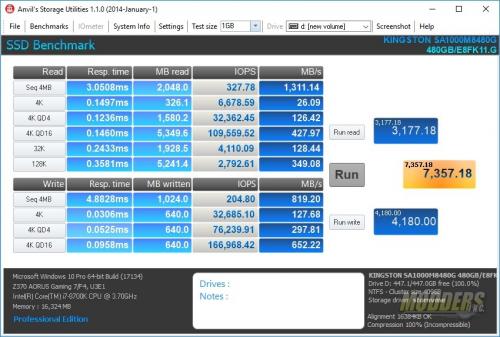
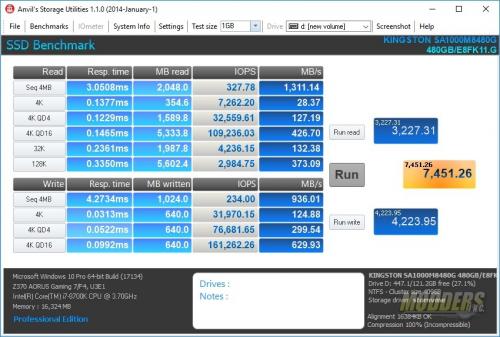
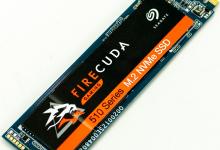
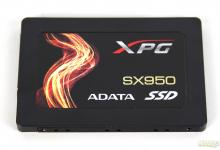
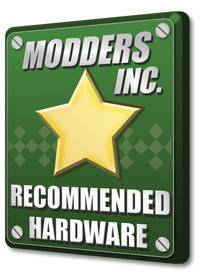

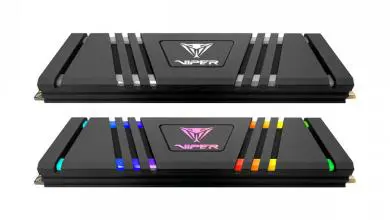
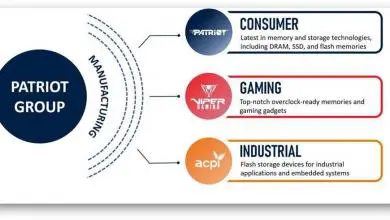
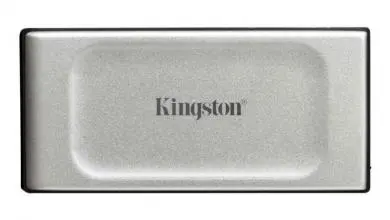
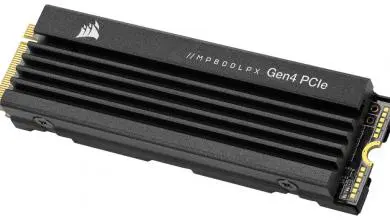
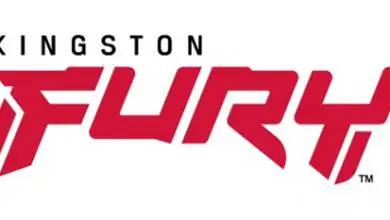

Nice article but I have one correction for you: this drive does not support Windows 7! Kingston won’t provide a driver for Win7 and Microsoft have removed the hotfix (2990941 – https://support.microsoft.com/en-gb/help/2990941/update-to-add-native-driver-support-in-nvm-express-in-windows-7-and-wi) from their website. https://www.kingston.com/us/support/technical/products?model=SA1000M8 ” We do not support using this drive with Windows 7 or below.” I would be interested to hear from anyone that’s found a driver or got it to work.
Hey Dan, Thanks for the heads up. I’ve updated the compatibility in the article. I’m assuming with Windows 7 end of life upcoming, Microsoft pulled the mentioned hotfix. Personally, I used Windows 7 since Windows 10 launched. However, let me ask around on our social media groups and see what I can come up with.